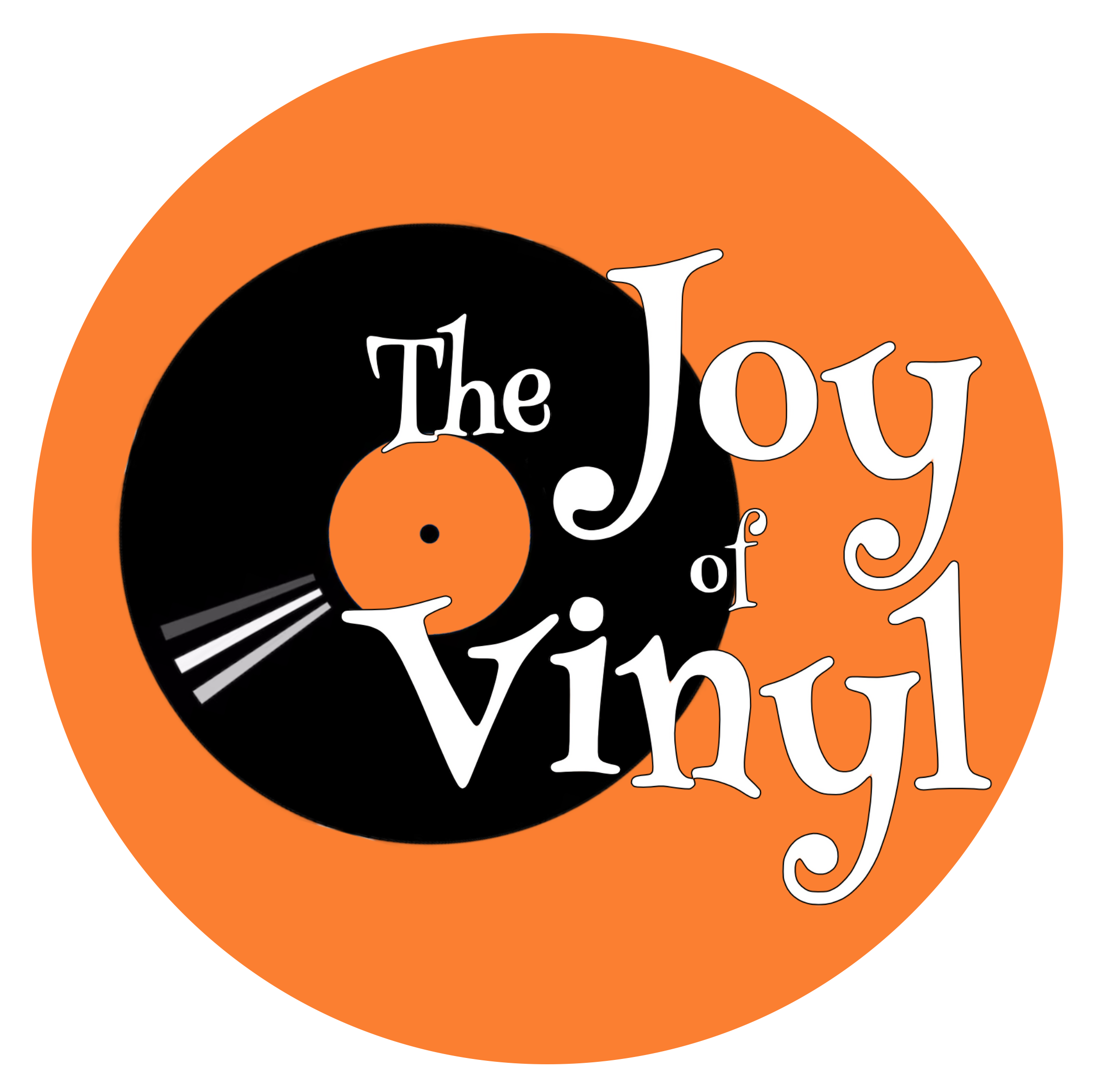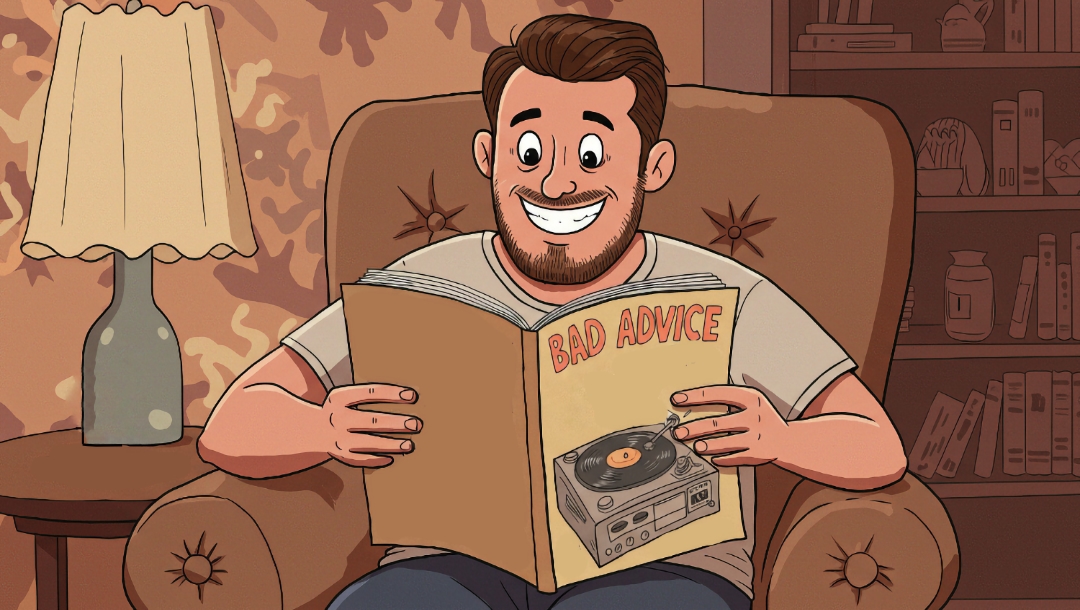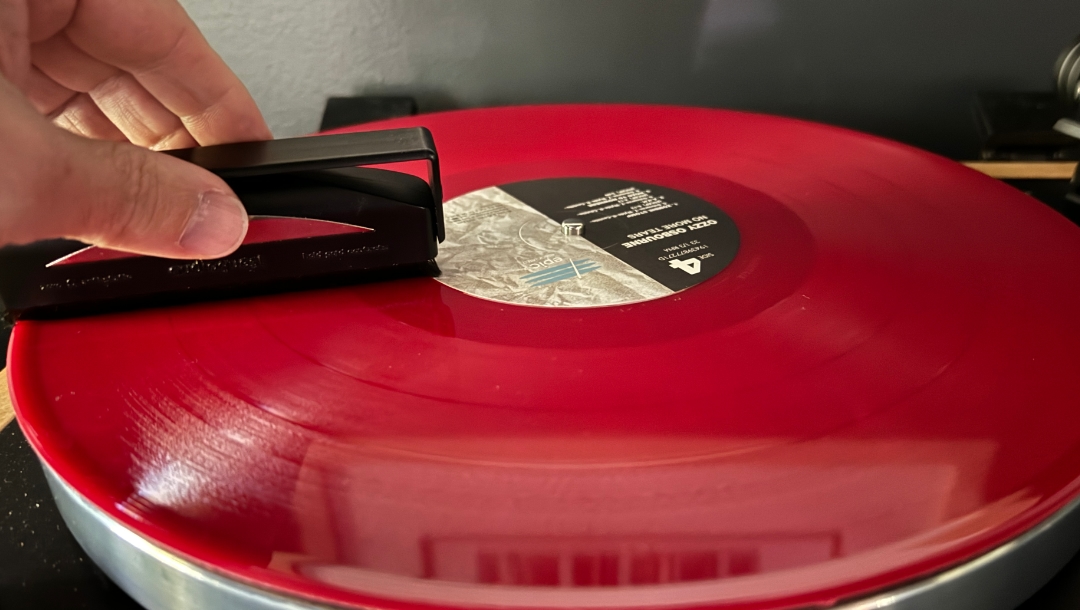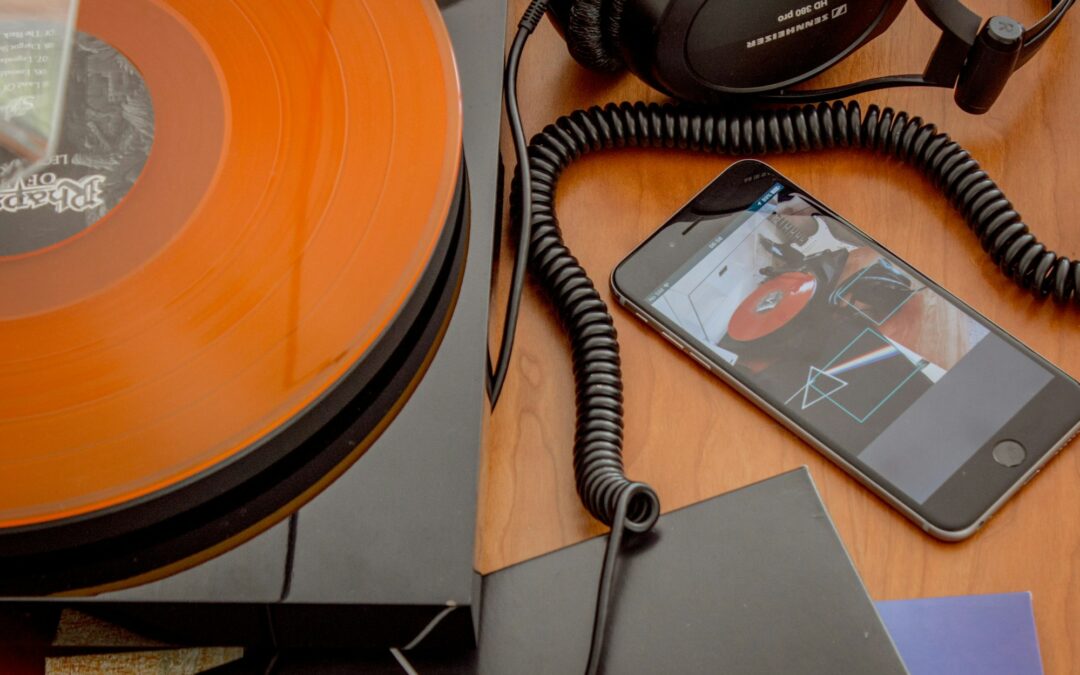It doesn’t matter if you’re just starting out with vinyl records, or you’ve been collecting for years—there’s a ton of bad advice out there. And, yes, sometimes it even comes from self-proclaimed audiophiles who act like they know it all. But here’s the truth: nobody does.
I’ve been exposed to more than my fair share of misguided tips, so I decided to compile a short list of advice you can safely ignore and explain why it’s best left on the shelf. Ready to ruffle some feathers? Let’s jump in…
1. “You need an expensive setup to enjoy vinyl.”
Seriously, do you? You absolutely do not. Now, I’ve said it before, and I’ll say it again: avoid the cheap turntables that cost about as much as a couple of new records. There’s a reason they’re cheap—quality matters. But that doesn’t mean you need to drop a thousand dollars for a good listening experience. I promise you can pick up an entry-level turntable and a set of powered speakers for less than $300, and they’ll sound great. Sure, there are expensive setups that deliver mind-blowing sound, but don’t let anyone convince you that your AT-LP60X turntable and a pair of Edifier speakers suck. They don’t.
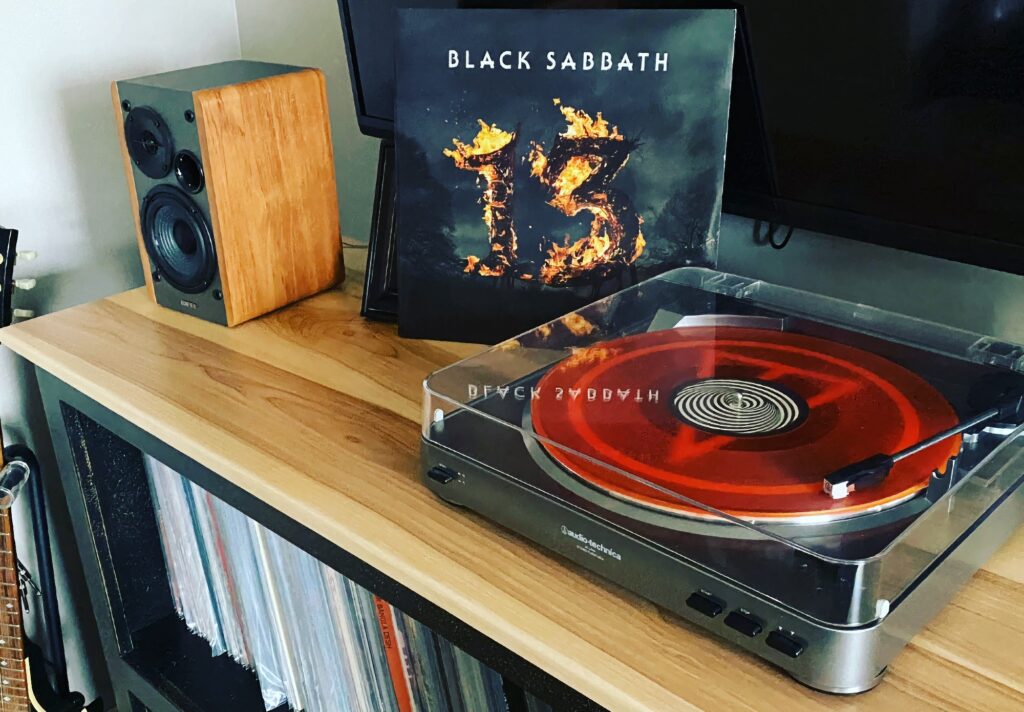
2. CLEANING: Avoid the DIY disasters
Next up, cleaning your records. I’ve seen advice floating around that tells you it’s fine to use wood glue, household cleaners like Windex, or even WD40. I’m not kidding—do a quick search and you’ll see these suggestions. Thankfully, this isn’t widespread advice, but if you’re new to the hobby, you might not know any better. Stick to cleaning solutions specifically made for records or even whip up your own safe recipe. If you would like to know my recipe, feel free to email me. I’m happy to share it.
3. The 180 GRAM RECORD myth
Now, let’s talk about 180-gram records. They’re expensive and rarely live up to the hype. The myth here is that heavier records equal better sound quality. It simply doesn’t work that way. A great pressing produces great sound, regardless of whether it’s 140-grams or 180. Sure, a heavier record might sit a bit more firmly on the platter and, perhaps, reduce external vibrations. But honestly, the benefit is minimal. If you’re really concerned about vibrations, invest in a record weight for your 140-gram records. At the end of the day, 180-gram or even 200-gram records aren’t inherently better.
4. SCRATCHED RECORDS: Handle with care
I get asked frequently about scratched records. Common advice goes, “a scratched record won’t hurt your stylus, so don’t worry.” While that might be true for minor scratches or surface blemishes, it doesn’t hold up for deep scratches—especially those that cause your stylus to skip or bounce back. Any scratch that makes your stylus react violently is problematic; repeated contact can cause lasting damage. Your stylus and cantilever are sensitive components that need to vibrate correctly. So, if you’re rummaging through a thrift shop or a yard sale, give that record a quick look before buying it. You wouldn’t want an inexpensive find to lead to expensive consequences.
5. Tone Controls: Use them if you like
I’ve rallied against the tone controls in the past, and I’ve since changed my mind—so here’s the updated take. Tone controls aren’t the devil’s tools, even though I once made a video advising against them. If you’ve heard the advice that tone controls have no place in vinyl playback, know that it’s simply not true. I grew up using tone controls (and admittedly misusing them), so I know what it’s like. Life’s too short not to adjust what works for you. So, ignore the notion that tone controls should be avoided at all costs.
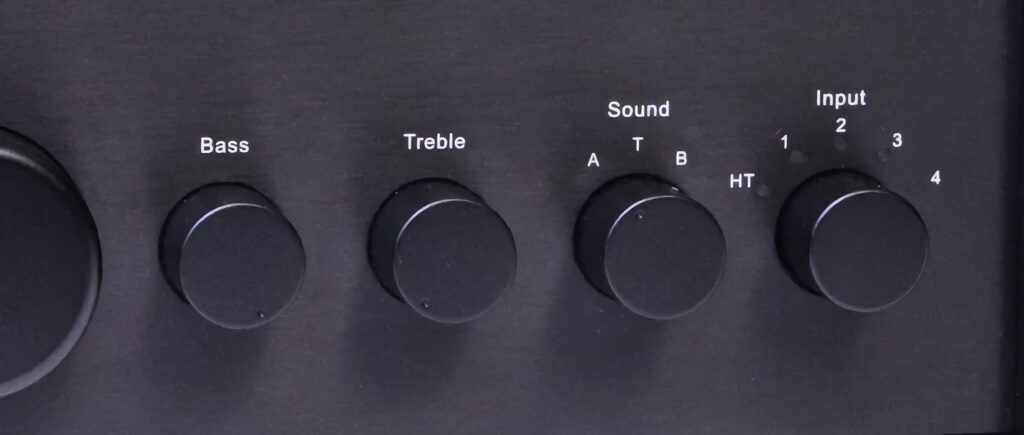
6. Phono Stages: External vs. Built-In
I usually recommend an external, dedicated phono stage over one included with your turntable or integrated amp. But feel free to ignore that if it doesn’t fit your budget or needs. Built-in phono preamps offer convenience and eliminate extra equipment clutter. Personally, I prefer the richer sound of an external phono stage—but it all comes down to what works best for you. If you ever catch me comparing integrated amps or turntables with built-in preamps, just remember that it’s my personal preference, not gospel truth.
7. Anti-Skate: It really does matter
The advice that anti-skate doesn’t matter is simply wrong. In case you’re wondering, anti-skate is a corrective measure that offsets the horizontal force acting on your tonearm as it tracks the groove. As your record spins, an inward force pulls the needle toward the center, potentially causing uneven sound, extra wear on one side of the needle, and the record groove itself. Think of it like riding a bike on a slope: if the slope leans to one side, you naturally drift unless you steer in the opposite direction. Many turntables let you adjust the anti-skate, and the manual will usually tell you to set it equal to your vertical tracking force. It might not be perfect, but it’s far better than ignoring it altogether.
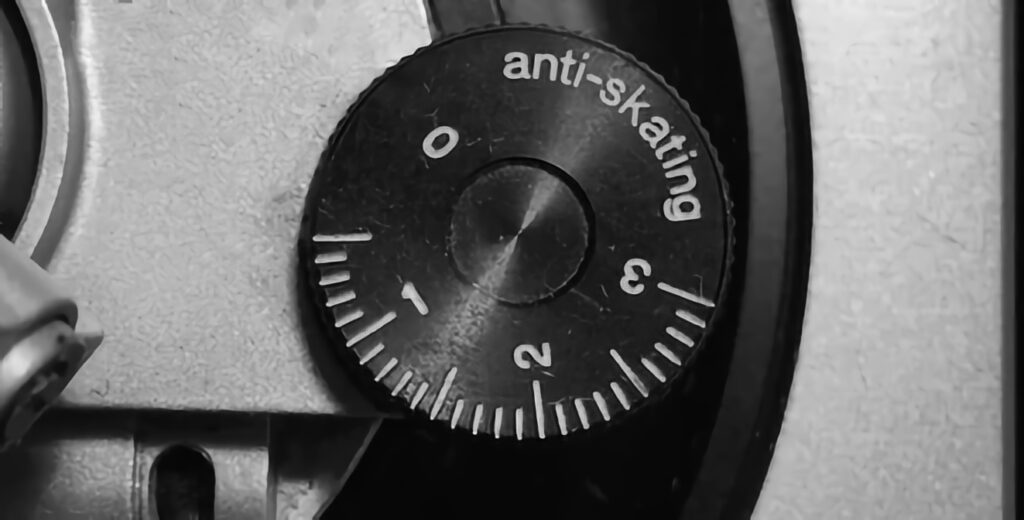
That’s about it for now – enjoy your records!
– READ NEXT –
Subscribe to The Joy of Vinyl Newsletter
